Adapting A 20 Year Old Tale
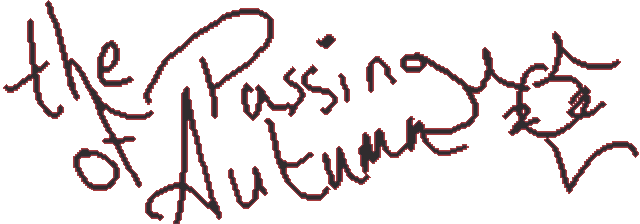
I wrote a lot in my teens and twenties, during the ‘90s and ‘00s.
Back then I wrote to come to terms with things. I wrote from a place of trauma, so my stories tended to be depressive, grotesque, and without satisfying arcs.
A lot of my stories had some sort of personal point — surfacing my self-loathing, deconstructing the lies I’d been raised with, or reexamining concepts like perfection and utopia. Usually, I wouldn’t know what this point was until long after I’d finished writing.
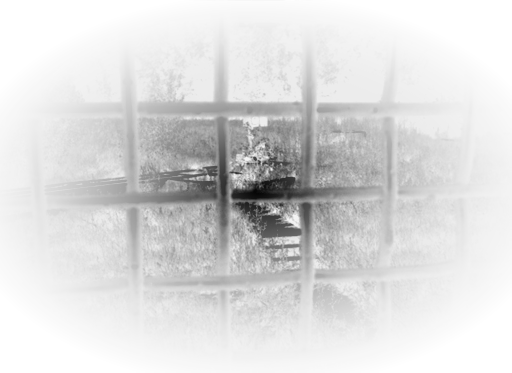
In 2018 I wanted to adapt some of my old writing as a way to reconnect with a younger me. the Passing of Autumn was a natural choice: partners enjoy it, I still like the writing, and it’as more coherent and hopeful than most of my tales.
As I examined it, it also became clear to me what the story had been about: transition.
Transition, both in the individual sense of becoming a better and truer version of yourself, and in the societal sense of moving from a dysfunctional state to a hopefully functional one. But like many people, transition had not come easy for me.
For the adaptation, I wanted to express through mechanics some of my struggles during the era of my story writing.
A massive feature of my life then was untreated depression, a result of intense social and economic pressures. One of the ways that I experienced depression was that my options, already limited by the facts of my physical reality, felt even more curtailed than they really were.
I hadn’t learned the skills needed to manage my own emotions, so most days, it felt like other people got to decide how I was feeling. And in any event, couch surfing and lacking money meant that how I spent my time was often not up to me.
To express this mechanically, I decided that the perspective character’s decisions would often be overruled by her companion, the NPC Sierra. Behind the scenes Sierra would select what to do and where to go, and these decisions would be invisible to the perspective character and the player alike.
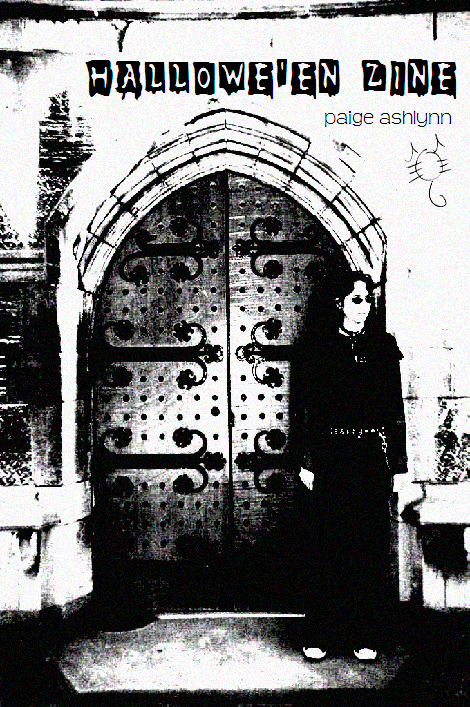
Despite this, the player would still have power within the game: power to focus the perspective character on one aspect of her experience or another. To implement this, the game would track the PC’s mood.
When she focuses on grim or frightening aspects of her reality, she feels worse; when she imagines a better future or trusts her partner, she feels better.
Likewise, when Sierra agrees with something the perspective character wants to do, the PC feels much better; when Sierra disagrees, she feels much worse.
That’s how things felt to me at the time I originally wrote the story.
Similarly, sometimes the player can choose to keep the perspective character’s emotional cards near her chest, or take a risk by opening up. If she opens up in these situations, the mood system’s rewards and penalties are amplified.
This mechanical design had an impact on the text itself. I wanted to retain as much as I could of the original narrative, including odd turns of phrase, unusual spellings, and the many, many commas I was fond of as a writer back then.
But the mood system meant the story would explore both brighter and darker experiences than the original story had. I found the darker parts difficult to write.
So, after an initial burst of productivity, the project languished. In 2019 I put it aside.
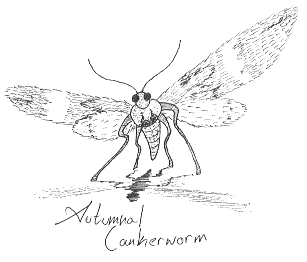
By 2025 I’d mulled the story over long enough to come up with ways it might progress that I felt comfortable writing.
When Shitty Gal Jam was organized it seemed like the perfect opportunity to finish the game, a tale of someone who’s lost access to her hope and whose partner can be insensitive.
Writing this adaptation has been difficult but worthwhile for me: not just honoring the intentions of a much younger me, but also learning Twine and CSS.
I hope that you find something worthwhile here, too.
Thanks for reading!
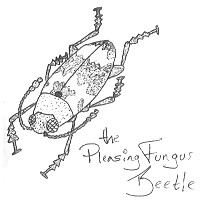
the Passing of Autumn
two '00s lesbians in an empty world
| Status | Released |
| Author | MxAshlynn |
| Genre | Interactive Fiction |
| Tags | artgame, Female Protagonist, Halloween, Lesbian, Post-apocalyptic, Queer, transformation, Transgender, Twine |
| Languages | English |
More posts
- the Passing of Autumn 1.1 〜 Small UpdateApr 12, 2025
- the Passing of Autumn 1.0 〜 Release!Mar 01, 2025